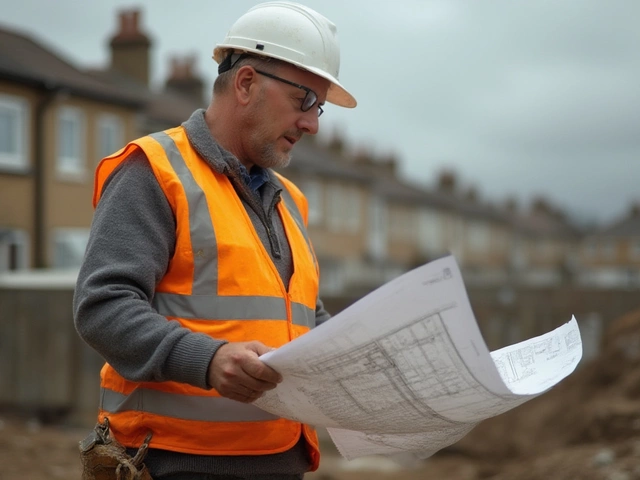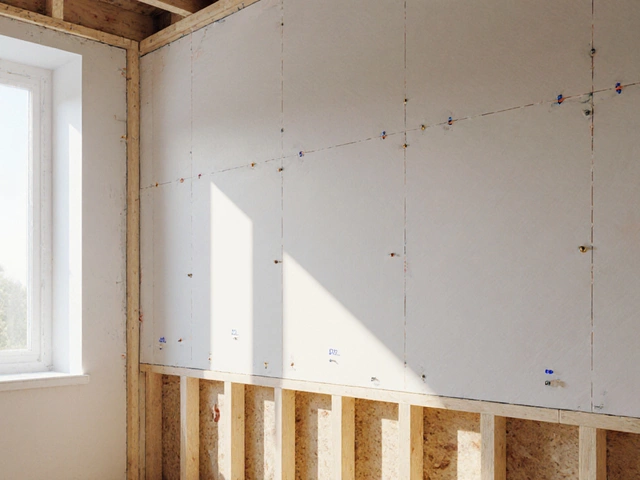Construction Responsibilities: What Every Builder and Homeowner Should Know
Whether you’re planning a new build, fixing a cracked foundation, or just hiring a landscaper, knowing who does what can save you time, money, and headaches. Below we break down the main responsibilities that pop up across common projects, so you can keep everything on track and avoid surprises.
Who Handles the Foundation?
The foundation is the heart of any building. If you spot signs like uneven floors or wall cracks, the first step is to call a structural engineer. Their job is to diagnose whether the problem can be repaired—think epoxy injection or waterproofing—or if you need a full replacement. As a homeowner, you’re responsible for keeping drainage away from the footings and reporting any movement early. Contractors, on the other hand, must follow the 345 rule (the simple right‑angle method) and make sure the excavated soil matches the design specs. Skipping these checks often leads to the “unfixable foundation” scenario described in our posts about when to replace versus repair.
Roofing, Flooring, and Finishing Touches
When it’s time to put a roof on, the roofer’s responsibility is to give you a clear price per square, explain what’s included, and highlight any extra charges for pitch or materials. Homeowners should verify the warranty and check that the installer follows local fire‑rating codes, especially for commercial projects.
Flooring choices in new builds also come with clear duties. Suppliers provide material specs and durability data; installers must ensure sub‑floors are level and moisture‑free before laying down tiles, hardwood, or modern laminates. Cutting corners here can cause the kind of mold problems we see in new homes.
Landscapers are often misunderstood. Their role includes design, plant selection, and hard‑scape installation. They should also guide you on maintenance and help prevent water from seeping back into the foundation. If you skip this step, you might end up with the same drainage issues that cause foundation cracks.
Finally, any renovation—kitchen, bathroom, or whole‑house—starts with a solid plan. The first responsibility belongs to you: set a realistic budget, decide which tasks you can DIY (like sealing tiny hairline cracks), and know when to call a pro for structural work. Contractors then take on the job of delivering on time, staying within code, and communicating any changes.
Keeping these responsibilities straight helps you stay in control of the project. If you’re unsure who should do what, refer back to our detailed guides on foundation repair methods, roof price negotiation, and what’s included in a new build. Clear roles mean fewer disputes and a smoother finish.
Bottom line: understand the job, assign it to the right expert, and stay engaged throughout. That’s how you protect your investment and finish the project on schedule.
Understanding the Role of a Services Architect

Services architects play a crucial role in defining and managing technical processes within service-based environments. They focus on designing comprehensive architectures that align with business goals and client needs. This article breaks down what a services architect does, explores their core skills, and reveals some tips to excel in this role. By examining their responsibilities, you'll gain insight into how these professionals impact projects and ensure efficient service delivery.
read more



